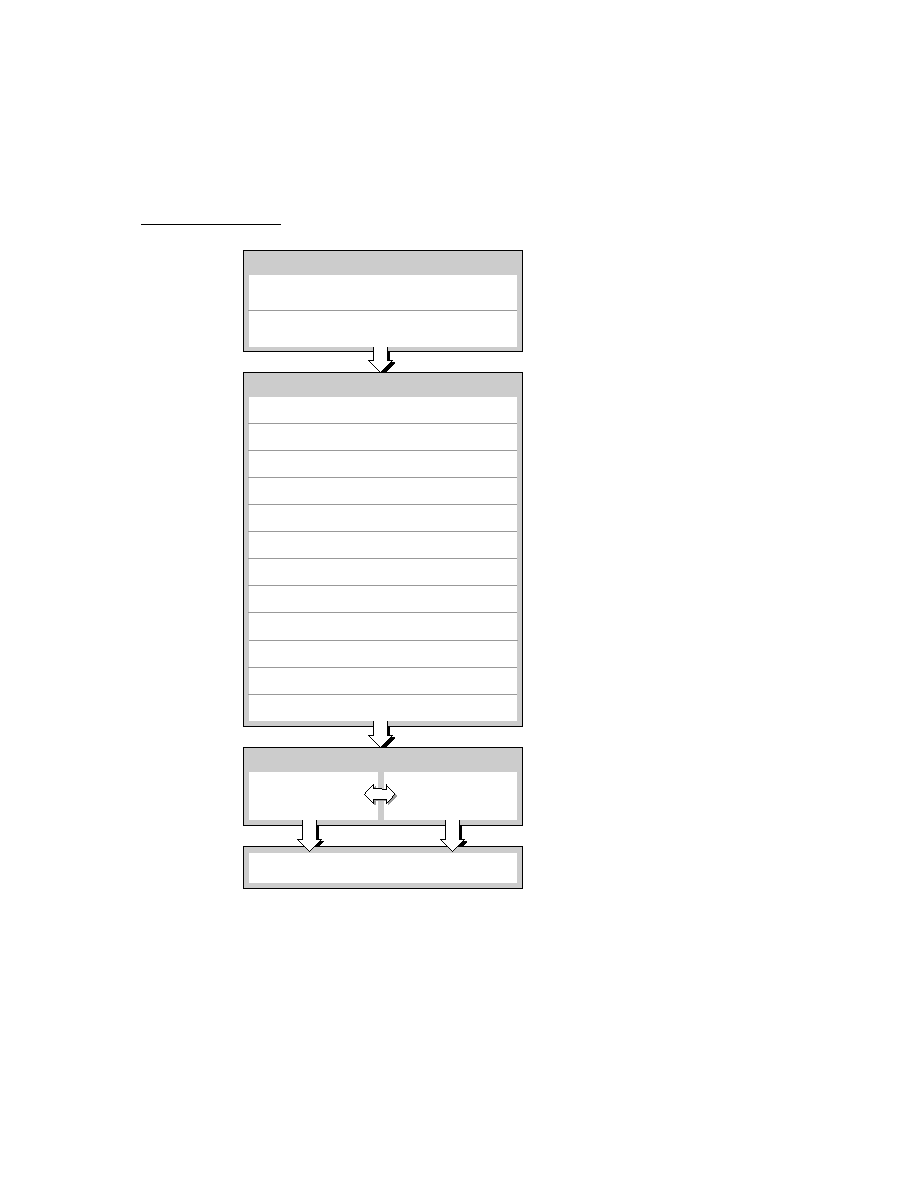
C H A P T E R 7
Controls and Other Protos
Gauge and Slider Protos
7-13
The
clGaugeView
class is used to display objects that look like analog bar
gauges. Although the
clGaugeView
class is available, you should use the
protoGauge
to display bar gauges. purpose as is the
protoGauge
proto. For
more information about the slots and methods for the
protoGauge
proto, see
"protoGauge" (page 6-35) in Newton Programmer's Reference.
Figure 7-20
A
clGaugeView
view
Implementing a Simple Slider
7
The
clGaugeView
class and the slider protos all have several slots to define the
appearance and range of the slider:
The
viewBounds
slot specifies the size and location of the slider.
The
viewValue
slot specifies the current value of the slider.
The
minValue
slot specifies the minimum value of the slider, with a default
value of
0
.
The
maxValue
slot specifies the maximum value of the slider, with a default
value of
100
.
You can specify the initial value of a slider in the
viewValue
slot. However, you
often need to look up the initial value; when this is the case, set the initial value of
the slider in the ViewSetupFormScript method.
the slider in the ViewSetupFormScript method.
To implement a slider, define your template with the proto that you want to use,
specify the appearance and range slots, and (optionally) assign an initial value in
the
specify the appearance and range slots, and (optionally) assign an initial value in
the
ViewSetupFormScript
method of the proto. For some protos, you need to
define additional methods that respond to the user modifying the slider.
The following example is a template that uses
protoSlider
to allow adjustment
of the current system volume:
SoundSetter := {...
_proto: protoSlider,
viewBounds: RelBounds( 12, -21, 65, 9),
viewJustify: vjParentBottomV,
maxValue: 4,
_proto: protoSlider,
viewBounds: RelBounds( 12, -21, 65, 9),
viewJustify: vjParentBottomV,
maxValue: 4,
ViewSetupFormScript: func()
self.viewValue := GetUserConfig('soundVolume);
Knob